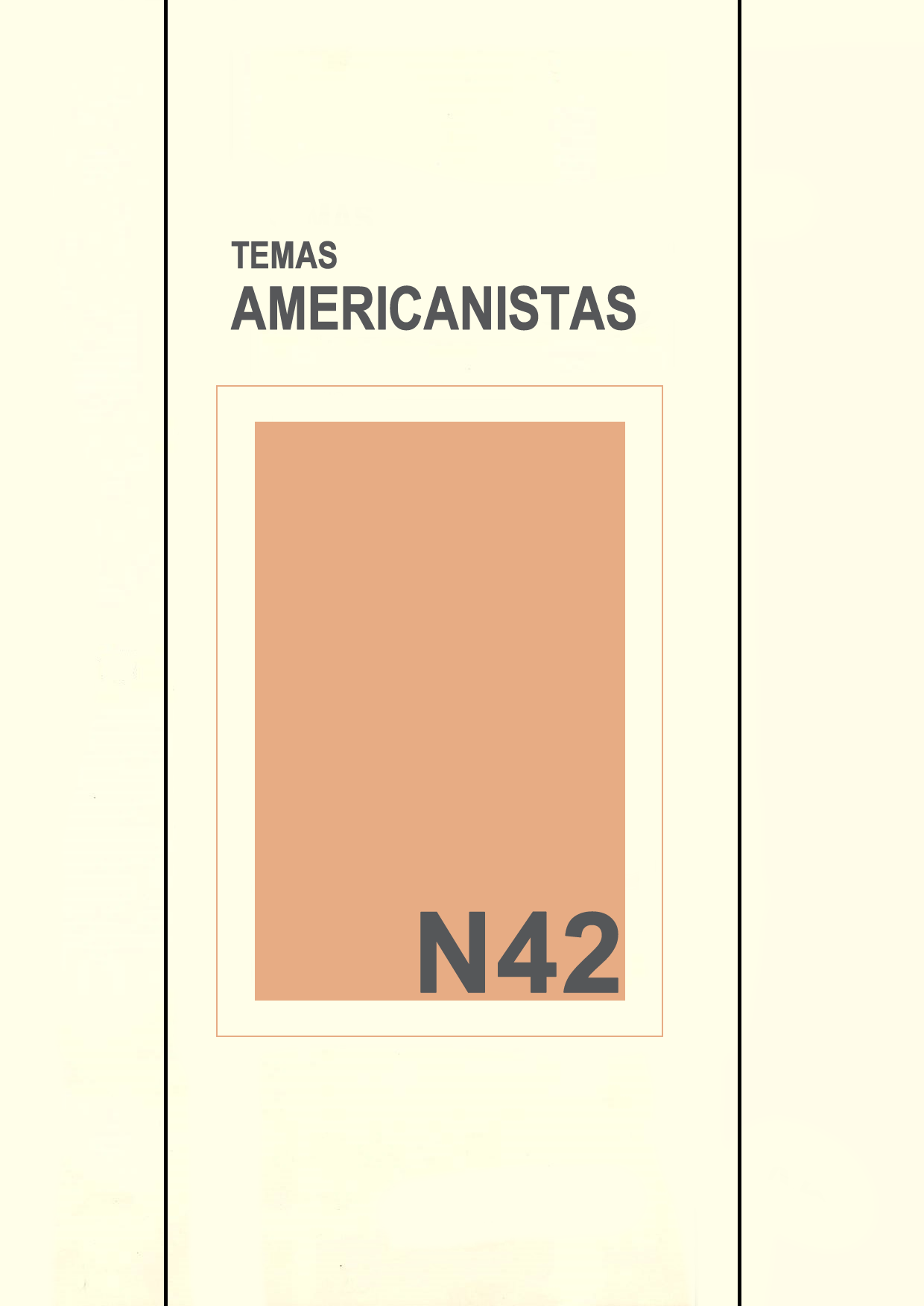Resumen
Dentro del organigrama de los cabildos seculares indianos se encontraban los responsables de la justicia de primera instancia, como lo eran los alcaldes ordinarios, los de Hermandad, los de la Mesta y otros específicos que cada ayuntamiento creyó conveniente introducir. Esa realidad ya ameritaría un estudio de estas instituciones a partir de los documentos de carácter judicial que ellas mismas generaron, pero, para entender plenamente a los concejos coloniales y su diferente funcionamiento, su evolución y las prácticas de sus integrantes, juegan un papel fundamental todo tipo de fuentes judiciales. Y es que, sólo trascendiendo las fuentes normalmente utilizadas para el estudio de estas instituciones de carácter local, es decir, incluyendo las que se produjeron por las relaciones establecidas entre los cabildos y sus integrantes con el resto de instituciones judiciales y políticas del Imperio, como Alcaldes Mayores, Corregidores, Gobernadores, Audiencias, Virreyes y Consejo de Indias, sin olvidar las eclesiásticas y hacendísticas, que también poseían potestad contenciosa, puede conseguirse ese objetivo.

